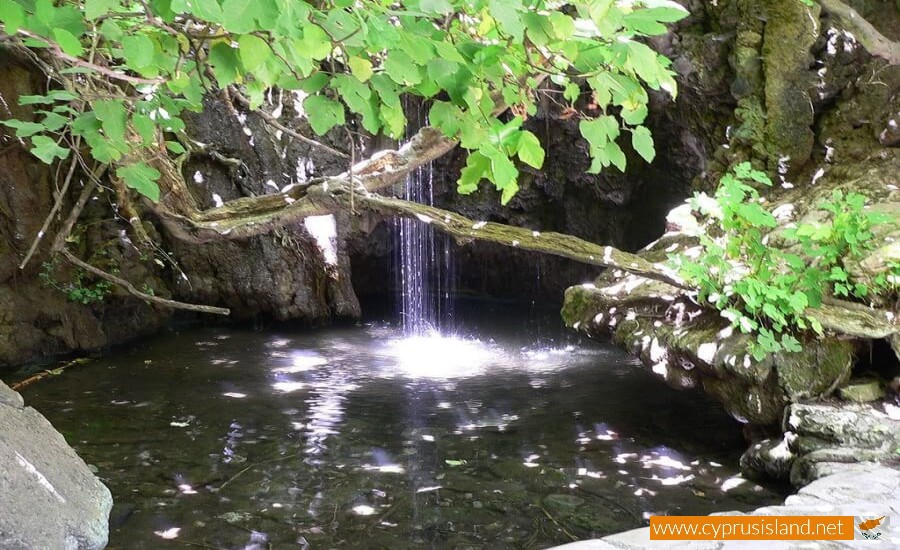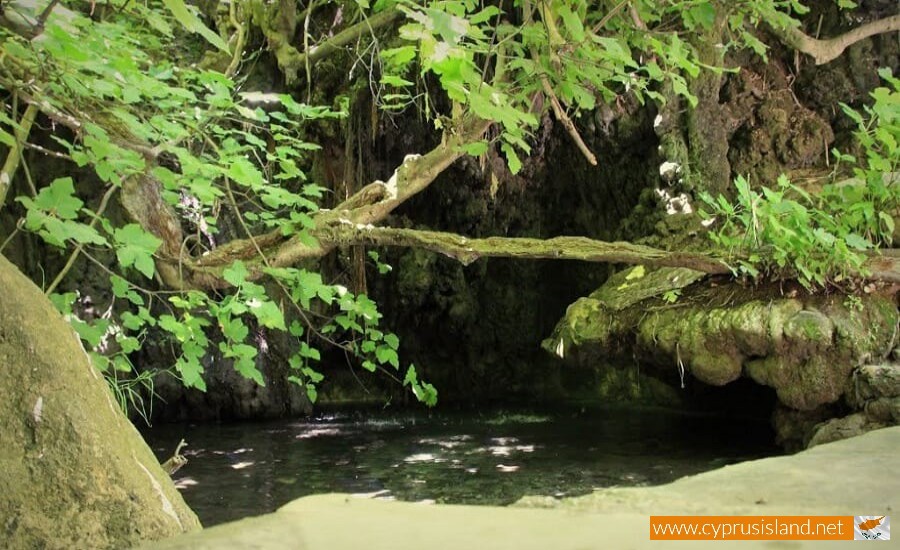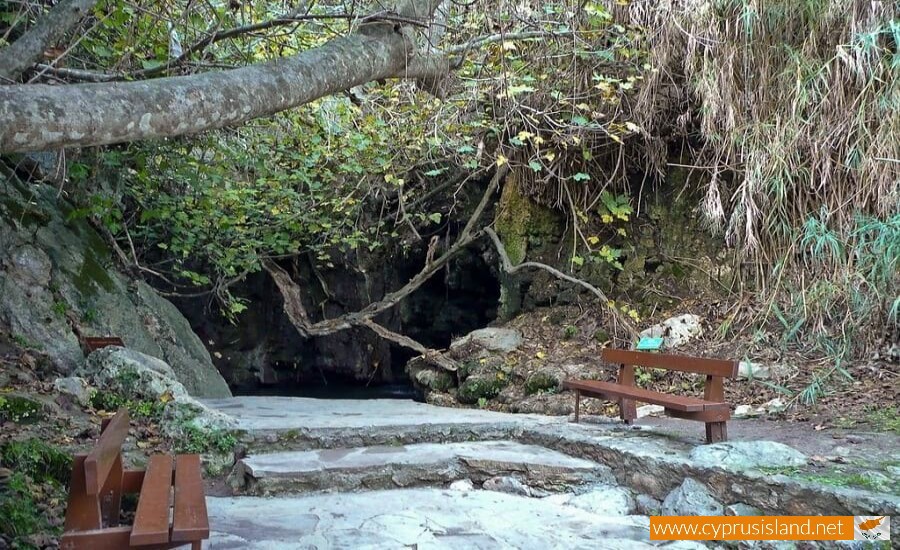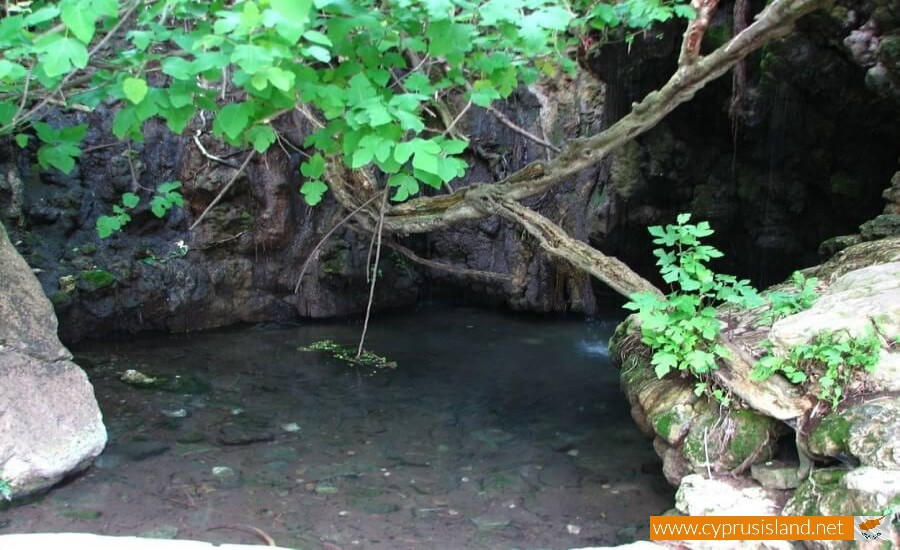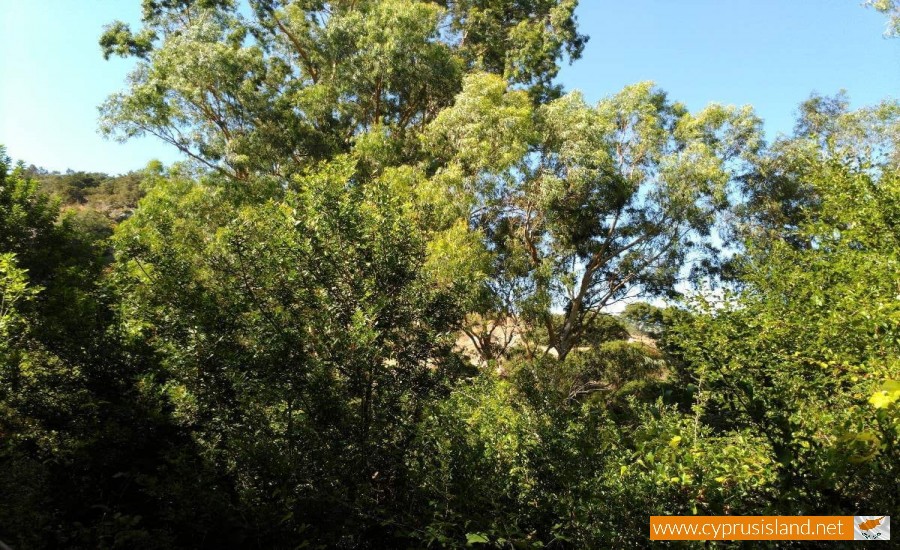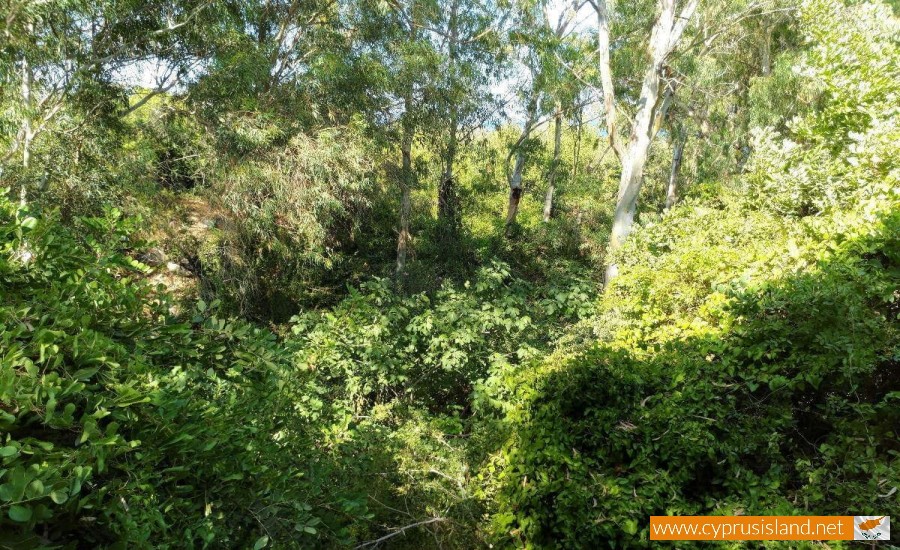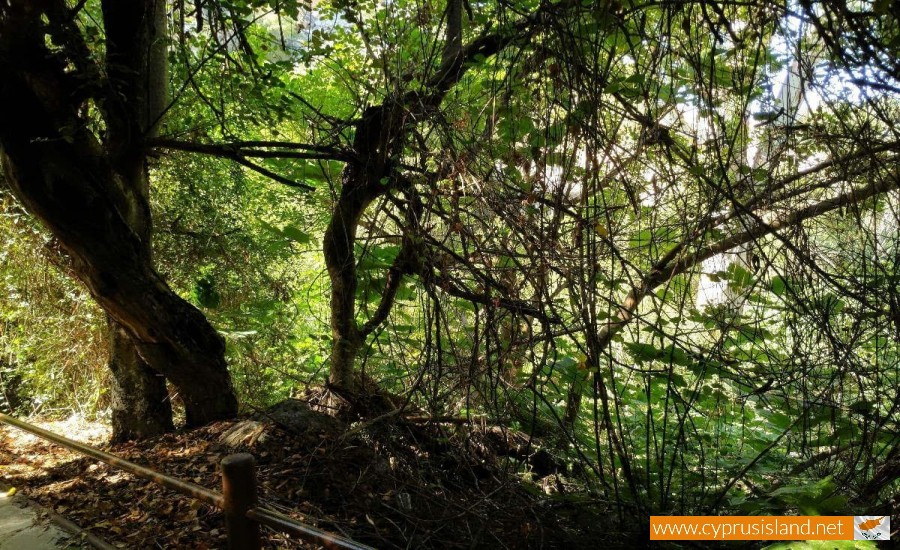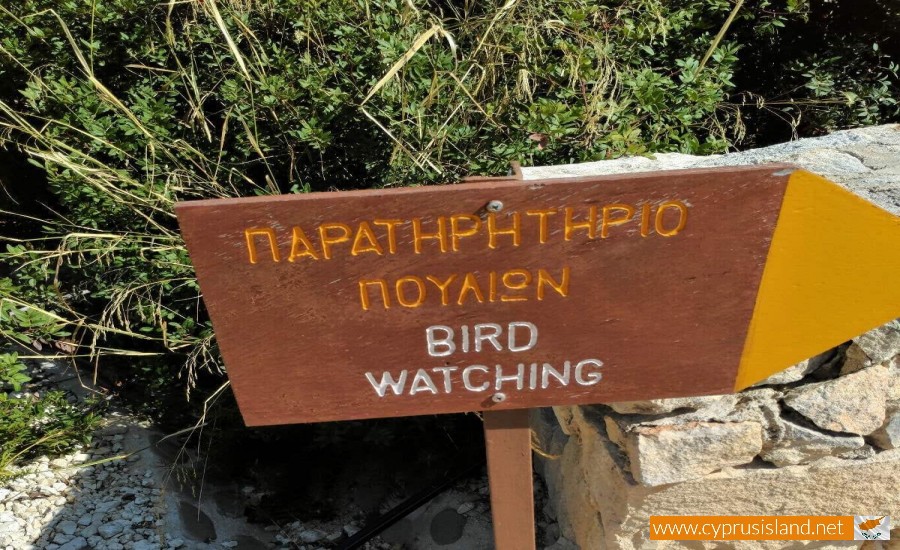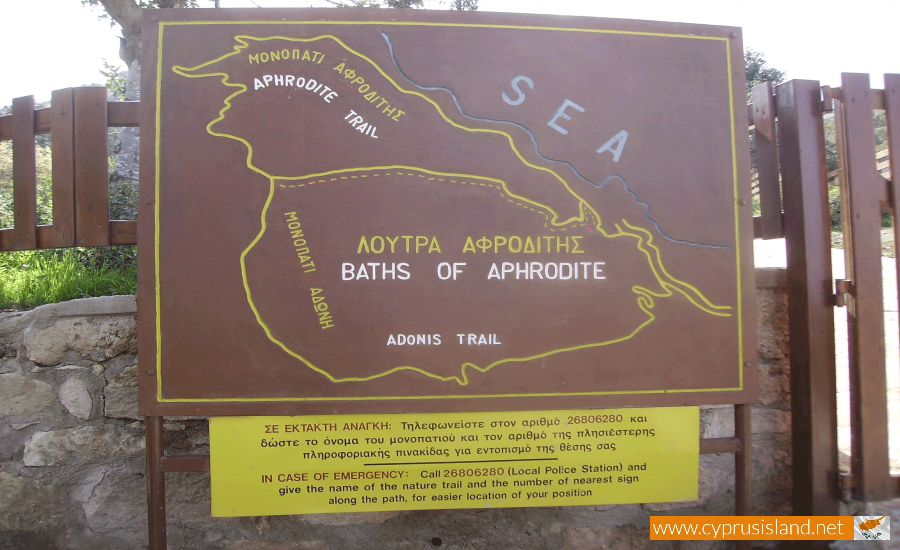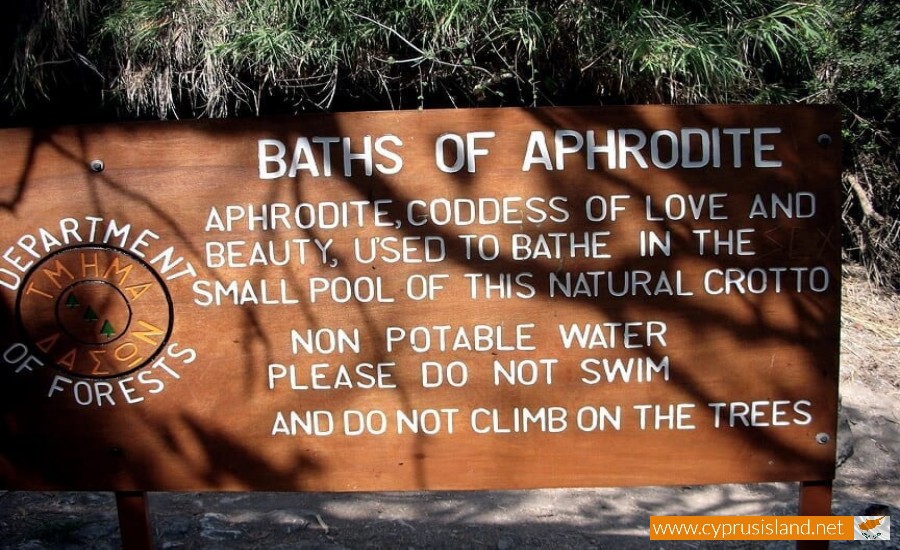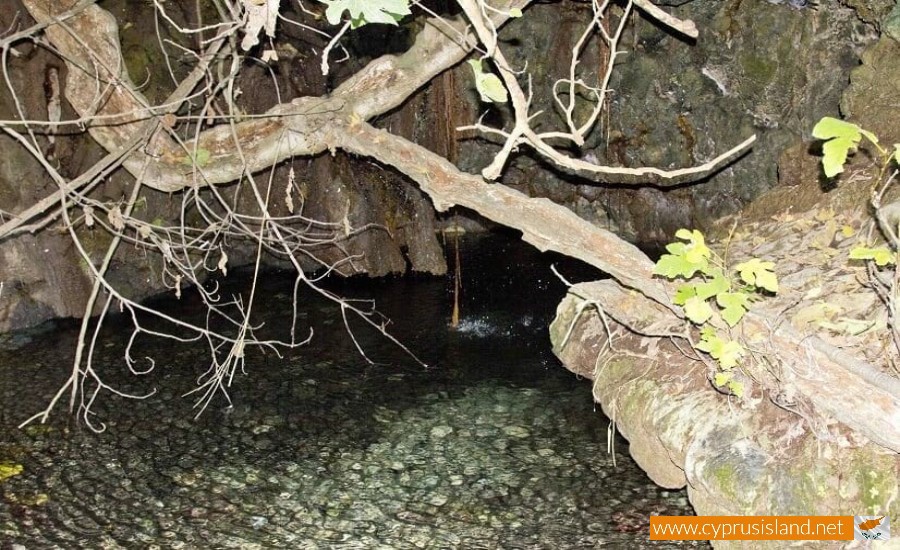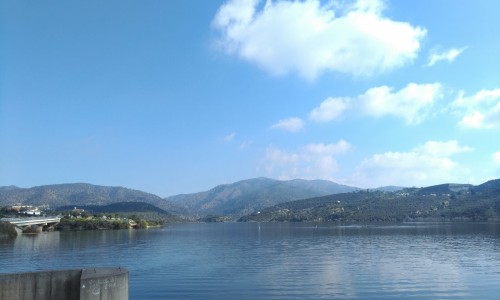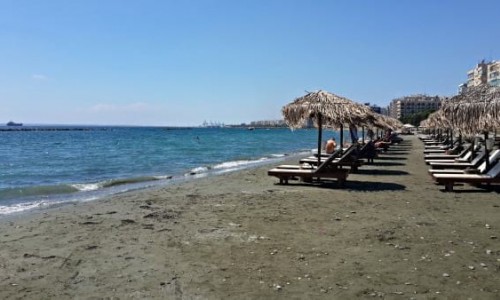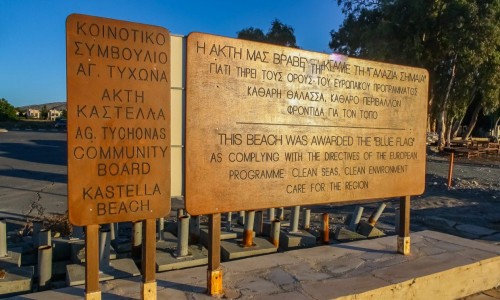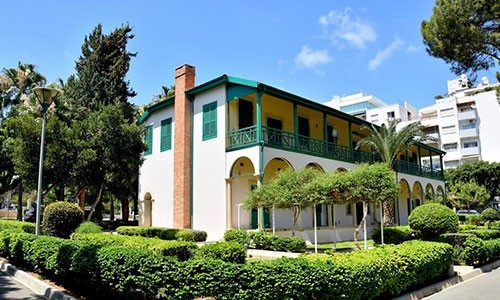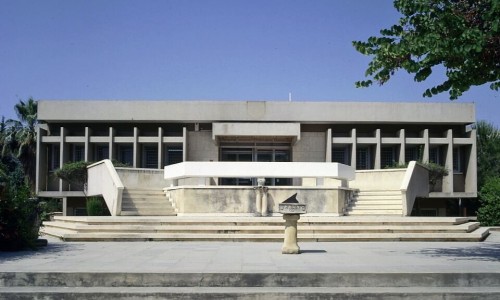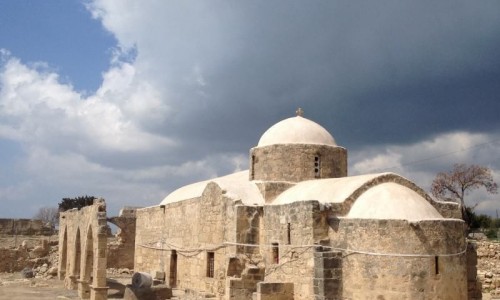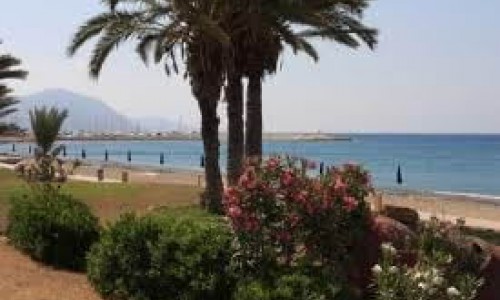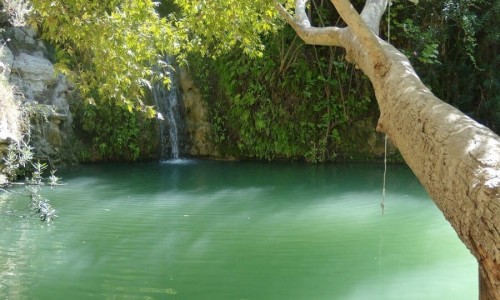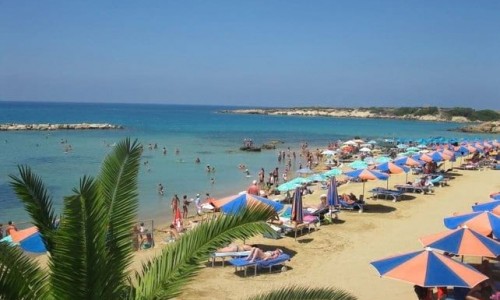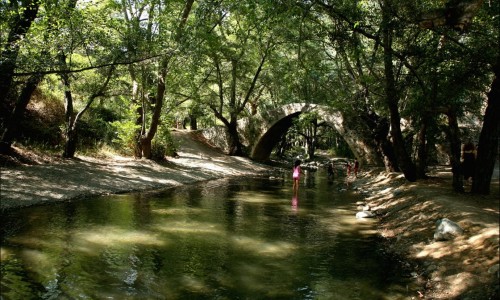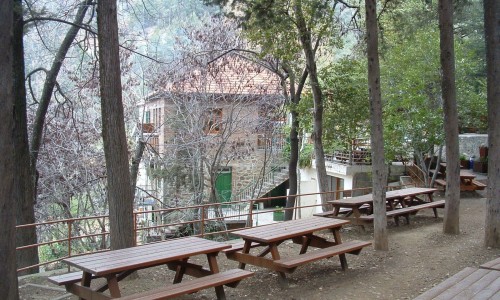Baths of Aphrodite
Tucked away in the rugged Akamas Peninsula of northwestern Cyprus, the Baths of Aphrodite is one of those rare places where history, legend, and landscape merge into something unforgettable. While at first glance it may appear as just a shaded grotto with a trickling spring, for centuries it has captured the imagination of poets, travelers, and lovers who are drawn to its mythical associations with the goddess of beauty herself.
A Place of Legend
According to Greek mythology, the Baths of Aphrodite is where the goddess of love and beauty used to bathe. Local lore tells us that it was in this very spot that Aphrodite met Adonis, the mortal youth who would become her great love. Their fateful encounter is one of the most enduring love stories of classical antiquity, and the grotto’s secluded charm makes it easy to see why such a tale would take root here.
Some versions of the myth even suggest that the waters have rejuvenating powers, blessing those who bathe in them with youth, beauty, and fertility. This belief has lingered for centuries, though today visitors are asked not to swim in the spring in order to preserve its delicate ecosystem.
What You’ll See
The Baths themselves are a natural cave-like pool, shaded by a tangle of old fig trees and framed by climbing ivy. Water trickles down from a natural spring above, filling the grotto with cool, crystal-clear water. It’s not a grand site in size, but its atmosphere is what makes it special: quiet, dappled light, birdsong, and the sense that you’ve stepped into a place where time slows down.
Surrounding the grotto is the Akamas Peninsula, one of the wildest and most unspoiled areas of Cyprus. Here you’ll find dense forests, dramatic cliffs, rare flora, and the deep blue sweep of the Mediterranean. Many visitors combine a trip to the Baths with hikes through the Aphrodite and Adonis nature trails, which offer panoramic views of Chrysochou Bay and the rolling Troodos Mountains.
A Cultural Landmark
Beyond its mythological associations, the Baths of Aphrodite has long been a cultural touchstone for Cypriots. Writers, poets, and travelers of the Middle Ages mentioned the spot in their accounts, often weaving together myth and observation. For modern-day Cyprus, it has become both a romantic destination and a symbol of the island’s deep connection to the goddess Aphrodite, whose legend begins at Petra tou Romiou (Aphrodite’s Rock), not far from Paphos.
It’s worth noting that Cyprus is often called the Island of Aphrodite, and the Baths form part of a wider tapestry of sacred sites tied to her cult and mythology. Together, they remind us that the goddess was not just a distant Olympian figure but also deeply embedded in the landscapes of the island.
Visiting the Baths
The Baths of Aphrodite are located about 48 km from Paphos and just a short drive from the fishing village of Latchi, which has become a popular base for visitors. Access is straightforward, with signs pointing the way to the grotto and parking available nearby. The grotto itself is free to enter, though the paths can be slippery, so good shoes are recommended.
If you plan a visit, consider pairing it with:
Hiking one of the nature trails that start near the Baths.
Boat trips from Latchi to the Blue Lagoon, a stunning bay with turquoise waters.
Exploring local villages, where you’ll find traditional tavernas serving Cypriot specialties.
The Enduring Allure
The Baths of Aphrodite is not about grandeur—it’s about atmosphere. Its power lies in the way it blends natural simplicity with legendary resonance. Standing beneath the fig trees, listening to the gentle trickle of water, it’s easy to imagine why this spot became entwined with one of the most famous love stories in mythology.
For many travelers, a visit here is less about ticking a site off a list and more about pausing, breathing, and letting the place work its quiet magic. Whether or not you believe in the rejuvenating powers of the spring, the Baths of Aphrodite offers something just as valuable: a glimpse into the timeless marriage between myth and landscape that makes Cyprus so unique.


